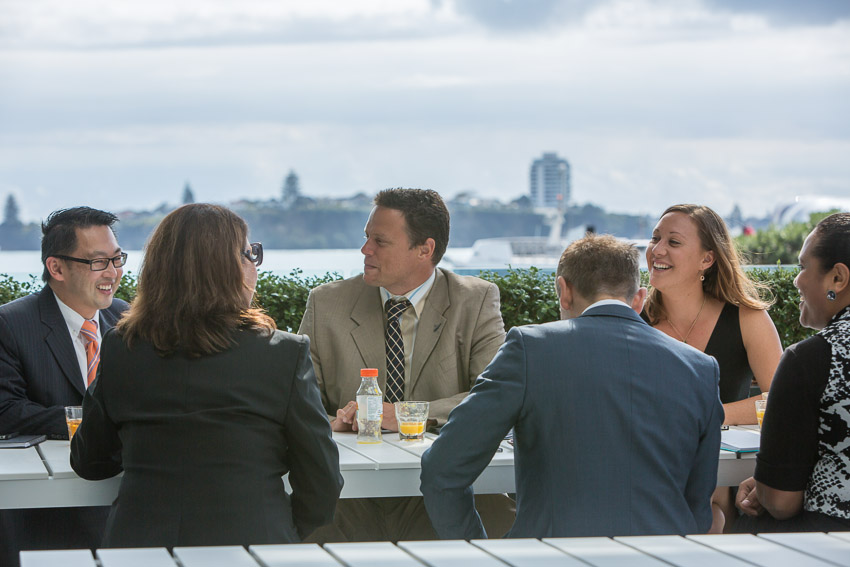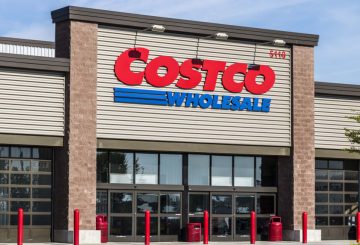Auckland-based educational software startup Kami, last week named the fastest-growing company in New Zealand in the Deloitte Fast50, has celebrated by giving each of its staff a $10,000 bonus.
Kami was founded in 2013 by three Auckland university students looking for a way to digitally streamline their note-taking.
The app has now been used in more than 180 countries and by more than 30 million teachers and students.
Co-founder and chief executive Hengjie Wang said the $10,000 bonus was a way to thank staff for helping to keep classrooms functioning online during a global pandemic.
“Our team had been working incredibly long hours, made a lot of sacrifices over the last 18 months, supporting teachers and students globally. We wanted a way to say thank you and recognise what they have achieved,” Wang said
During the pandemic, Kami offered its software to teachers free of charge to help them continue to digitally reach students during the worst of the global pandemic.
The move paid off, because many of the users were now paying subscribers, but it also meant that Kami staff worked hard to support educators while their sales dropped to zero, Wang said.
The cloud-based app freed teachers and students from pages of printed paper and saved millions of dollars in printing costs and a lot of time for teachers, he said.
The app allowed teachers and students to access digital copies and pdfs in Chromebook. Students worked on the documents on screen, which could be viewed by the teacher.
The app is now in use in more than 90 per cent of schools across the US.
Wang wanted Kami’s success to show other local tech startups what could be achieved without huge amounts of seed capital.
“You hear all of these big startup funding announcements, and Kami was certainly not one of these. But despite this we have shown the world that achieving this level of growth and the impact that we have is possible. Operating a cashflow-positive startup is possible.
“We have shown that it is possible from little old New Zealand. Capital is not a barrier to growth and success,” Wang said.
Finding the talent to facilitate Kami’s growth had been a challenge.
But Wang said the careful hiring of like-minded people, alongside continuing to operate the business with the flexibility of a startup had been important.
“We have brought on people with a shared vision of making a difference in the education field, a lot of our staff are former educators. Some of them are former users of Kami.
“That passion has to come naturally and we are always on the lookout for people who are talented, passionate and are wanting to make an impact on the world,” Wang said.
“We have always taken a very human approach, which we think has shown to be a recipe for success.”
SOURCE: STUFF.COM






















































-660x440.jpg)